Home>Gardening & Outdoor>Outdoor Recreation & Activities>What Is The Regulation Distance For Cornhole?
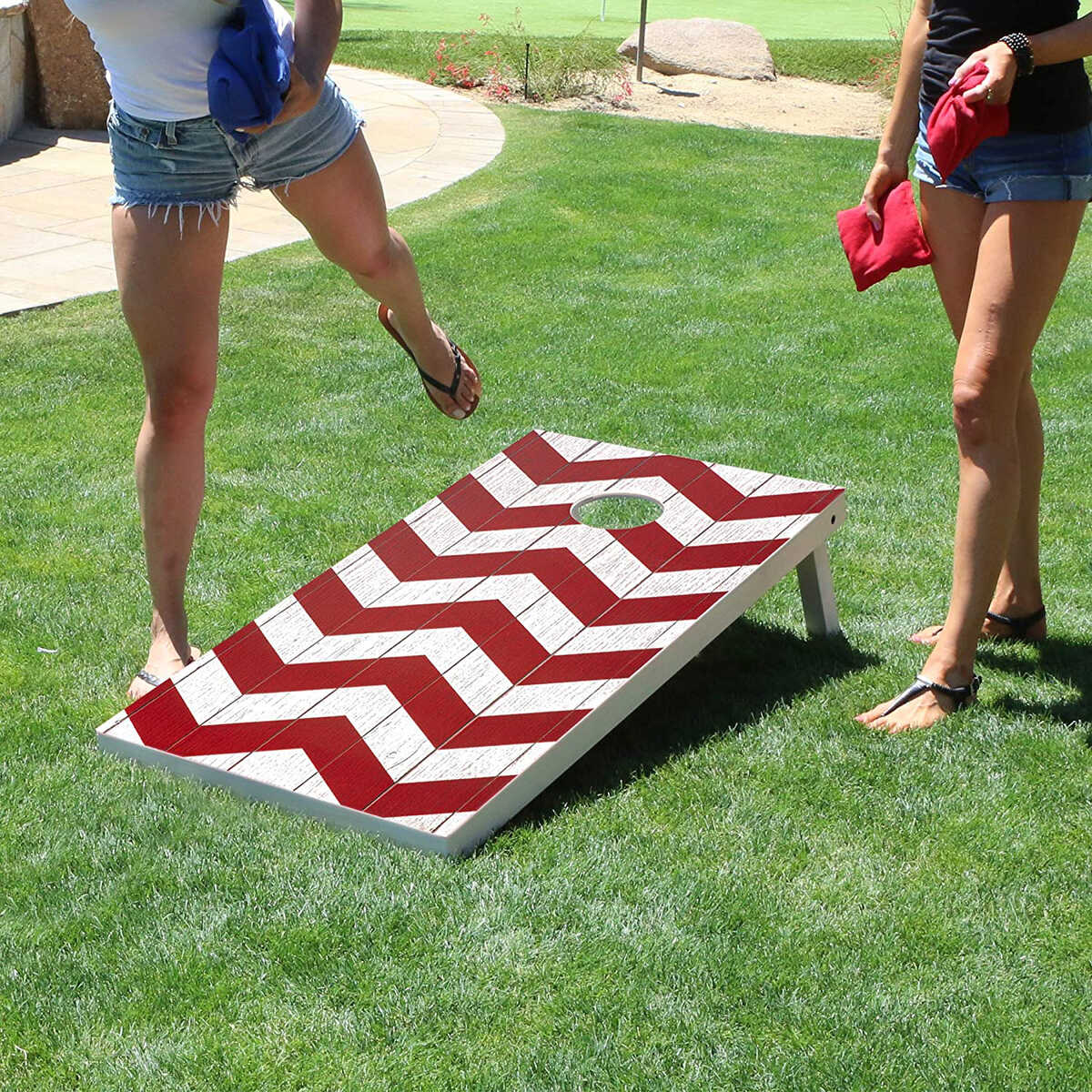

Outdoor Recreation & Activities
What Is The Regulation Distance For Cornhole?
Modified: August 17, 2024
Discover the regulation distance for cornhole and master this popular outdoor recreation and activity. Learn the official rules and start playing today!
(Many of the links in this article redirect to a specific reviewed product. Your purchase of these products through affiliate links helps to generate commission for Storables.com, at no extra cost. Learn more)
Introduction
Cornhole, a beloved outdoor game, has gained widespread popularity for its simplicity, versatility, and entertainment value. Whether it's a casual gathering with friends and family or a competitive tournament, the game's universal appeal transcends age and skill levels. Understanding the regulatory aspects of cornhole, including the regulation distance for gameplay, is essential for both seasoned enthusiasts and newcomers to the pastime.
In this comprehensive guide, we delve into the intriguing history of cornhole, explore the standard regulations governing the game, and provide valuable insights into the factors influencing cornhole distance. Additionally, we offer practical tips for setting up a captivating cornhole experience, ensuring that players can maximize their enjoyment while adhering to official guidelines.
Join us on a journey through the captivating world of cornhole, where camaraderie, skill, and a touch of competitive spirit converge to create memorable outdoor experiences. Whether you're a devoted cornhole aficionado or someone seeking to explore this engaging pastime, this article is your gateway to mastering the art of cornhole within the bounds of regulation and beyond.
Key Takeaways:
- Regulation Distance
The official regulation distance for cornhole is 27 feet for standard play and 30 feet for pro-level competition, ensuring fair and consistent gameplay for all participants. - Setting Up Tips
To create a fun cornhole experience, choose a level playing area, position the boards correctly, consider environmental factors, and promote sportsmanship and camaraderie among players and spectators.
Read more: What Are The Cornhole Rules?
The History of Cornhole
The origins of cornhole can be traced back to early 20th-century America, with its roots deeply embedded in the rural landscapes of the Midwest. Originally known as “bean bag toss” or “bags,” the game was a popular pastime among farmers and country folk, providing a lighthearted form of entertainment during social gatherings and community events.
Legend has it that the game’s name, “cornhole,” emerged from the primary material used in crafting the bags: corn kernels enclosed in fabric pouches. This simple yet ingenious choice of filling not only imparted a satisfying heft to the bags but also lent the game its distinctive moniker. As the game spread across different regions, variations in the name and rules emerged, leading to a rich tapestry of local customs and preferences.
Over time, cornhole evolved from a regional pastime into a national phenomenon, gaining traction in suburban neighborhoods, college campuses, and recreational facilities. Its enduring appeal lies in its accessibility, as players of all ages and skill levels can partake in the game with minimal equipment and space requirements. The advent of organized leagues and tournaments further propelled cornhole into the mainstream, solidifying its status as a beloved outdoor activity with a fervent following.
Today, cornhole has transcended its humble origins, captivating enthusiasts across the globe and earning a place in the pantheon of classic lawn games. Its enduring legacy as a quintessential American pastime continues to thrive, fostering camaraderie and friendly competition in diverse settings, from backyard barbecues to professional arenas.
As we delve into the regulations and nuances of cornhole, it’s essential to appreciate the rich heritage and communal spirit that underpin this beloved game. Understanding its historical journey adds depth to the experience of playing and fosters a sense of connection to a tradition that has endured for generations.
The Regulation Distance for Cornhole
Understanding the regulation distance for cornhole is fundamental to ensuring fair and standardized gameplay. The official distance between the two cornhole boards, as stipulated by the American Cornhole Organization (ACO) and the American Cornhole League (ACL), is 27 feet for traditional play and 30 feet for the “pro” or advanced level of competition. This standard distance forms the foundation for competitive cornhole matches, providing a level playing field for participants and fostering a consistent experience across different venues and events.
At the regulation distance of 27 feet, players are challenged to exhibit precision and finesse in their throws, aiming to land their cornhole bags on the elevated board or, ideally, through the cutout hole at the board’s far end. This distance strikes a balance between accessibility for casual players and a requisite level of skill for competitive play, making it the preferred choice for most recreational and organized cornhole activities.
For those seeking to elevate their cornhole prowess to the pro level, the extended distance of 30 feet presents a formidable challenge, demanding enhanced accuracy and power in each throw. This heightened level of difficulty is embraced by seasoned players and professionals, adding an exhilarating dimension to the game and showcasing the remarkable skill and strategy required to excel in competitive cornhole tournaments.
Adhering to the official regulation distance not only ensures uniformity in gameplay but also fosters a sense of legitimacy and integrity within the cornhole community. Whether participating in local leagues, regional competitions, or national championships, players can take comfort in the knowledge that the established distance guidelines uphold the essence of fair play and sportsmanship.
As the popularity of cornhole continues to soar, maintaining awareness of the regulation distance is crucial for both casual enthusiasts and dedicated competitors. By embracing the standard distances prescribed by leading cornhole organizations, players can fully immerse themselves in the game, honing their skills and relishing the exhilaration of this timeless outdoor pursuit.
The regulation distance for cornhole is 27 feet between the front edges of the boards. This is the standard distance for official cornhole play.
Factors That Affect Cornhole Distance
While the regulation distance for cornhole provides a standardized framework for gameplay, several factors can influence the practical application and overall experience of throwing from the prescribed distances. Understanding these variables is essential for players seeking to optimize their performance and adapt to diverse playing conditions.
- Player Skill Level: The proficiency of the players directly impacts their ability to consistently reach the cornhole board from the regulation distance. Novice players may find the standard 27-foot distance challenging, while experienced and advanced players often embrace the heightened difficulty of the 30-foot pro-level distance.
- Environmental Factors: Outdoor elements such as wind speed and direction can significantly affect the trajectory and accuracy of cornhole throws. Players must account for these variables, adjusting their throwing technique and bag trajectory to compensate for environmental influences.
- Board Elevation and Surface: Variations in the height of the cornhole board and the smoothness of its surface can impact the dynamics of throwing from the regulation distance. Players should familiarize themselves with different board configurations and surface textures to adapt their throwing style accordingly.
- Bag Weight and Material: The weight and composition of cornhole bags can influence their flight characteristics and responsiveness to the throwing motion. Players may need to adjust their throwing force and angle based on the specific attributes of the bags being used.
- Physical Conditioning: Factors such as fatigue, muscle strength, and overall physical conditioning can affect a player’s ability to maintain accuracy and consistency when throwing from the regulation distance. Endurance and fitness play a role in sustaining peak performance throughout extended cornhole sessions.
By recognizing and adapting to these influential factors, players can enhance their adaptability and resilience in various cornhole settings, ultimately elevating their overall gameplay experience and skill development.
Tips for Setting Up a Cornhole Game
Creating an inviting and well-organized cornhole setup is essential for fostering an enjoyable and engaging playing environment. Whether preparing for a casual gathering or a competitive event, the following tips can help optimize the cornhole experience for all participants:
- Select an Appropriate Venue: Choose a spacious and level outdoor area free from obstructions, allowing ample room for the cornhole boards and players to maneuver comfortably. Ensure that the playing surface is smooth and even to facilitate consistent gameplay.
- Position the Boards Correctly: Set up the two cornhole boards exactly 27 feet apart for standard play or 30 feet apart for pro-level competition, adhering to the official regulation distances. Use a measuring tape or designated markers to ensure precision in board placement.
- Consider Environmental Factors: Evaluate the impact of wind conditions on the playing area and position the boards to minimize the effects of gusts or crosswinds. Additionally, provide adequate shade or shelter to shield players and spectators from excessive sun exposure or inclement weather.
- Provide Ample Seating and Amenities: Furnish the surrounding area with seating options, refreshments, and convenient access to restroom facilities, enhancing the comfort and convenience of participants and observers alike.
- Organize Clear Game Rules and Guidelines: Communicate the rules, scoring system, and any specific regulations to all players before the game commences, ensuring a shared understanding of the gameplay parameters and expectations.
- Offer Quality Cornhole Equipment: Use regulation-size cornhole boards and official cornhole bags, prioritizing durability and consistency in construction. High-quality equipment contributes to fair and enjoyable gameplay for all participants.
- Promote Sportsmanship and Camaraderie: Emphasize the spirit of friendly competition and mutual respect among players, fostering a welcoming and inclusive atmosphere for individuals of varying skill levels and backgrounds.
- Encourage Spectator Engagement: Create designated areas for spectators to observe and cheer for the players, enhancing the overall energy and excitement surrounding the cornhole game.
By implementing these tips, hosts and organizers can cultivate a vibrant and well-structured cornhole setting, setting the stage for memorable experiences and fostering a sense of community among participants and spectators alike.
Read more: What Is A Showerhead Flow Regulator
Conclusion
As we conclude our exploration of the captivating world of cornhole, it becomes abundantly clear that this timeless outdoor game encompasses a rich tapestry of history, tradition, and communal enjoyment. From its humble origins in rural America to its widespread embrace as a cherished pastime, cornhole continues to captivate players and spectators with its blend of skill, camaraderie, and competitive spirit.
Understanding the regulatory aspects of cornhole, including the standard distance for gameplay, serves as a cornerstone for both casual enthusiasts and dedicated competitors. By adhering to the official regulations and embracing the factors that influence cornhole distance, players can immerse themselves in a fair, challenging, and rewarding playing experience, whether in friendly matches or high-stakes tournaments.
The tips for setting up a cornhole game underscore the importance of creating an inviting and well-organized playing environment, where players and spectators can revel in the excitement and conviviality that define the essence of cornhole. By prioritizing factors such as venue selection, equipment quality, and sportsmanship, hosts and organizers can elevate the overall cornhole experience, fostering lasting memories and a sense of community among participants.
As cornhole continues to evolve and expand its reach, its enduring appeal lies in its ability to unite people of all ages and backgrounds, transcending barriers and fostering connections through the shared joy of play. Whether enjoyed in backyards, parks, or professional arenas, cornhole remains a testament to the enduring power of outdoor recreation and the timeless allure of friendly competition.
As we bid farewell to this exploration, may the spirit of cornhole live on, inspiring countless moments of laughter, camaraderie, and spirited gameplay for generations to come.
Frequently Asked Questions about What Is The Regulation Distance For Cornhole?
Was this page helpful?
At Storables.com, we guarantee accurate and reliable information. Our content, validated by Expert Board Contributors, is crafted following stringent Editorial Policies. We're committed to providing you with well-researched, expert-backed insights for all your informational needs.
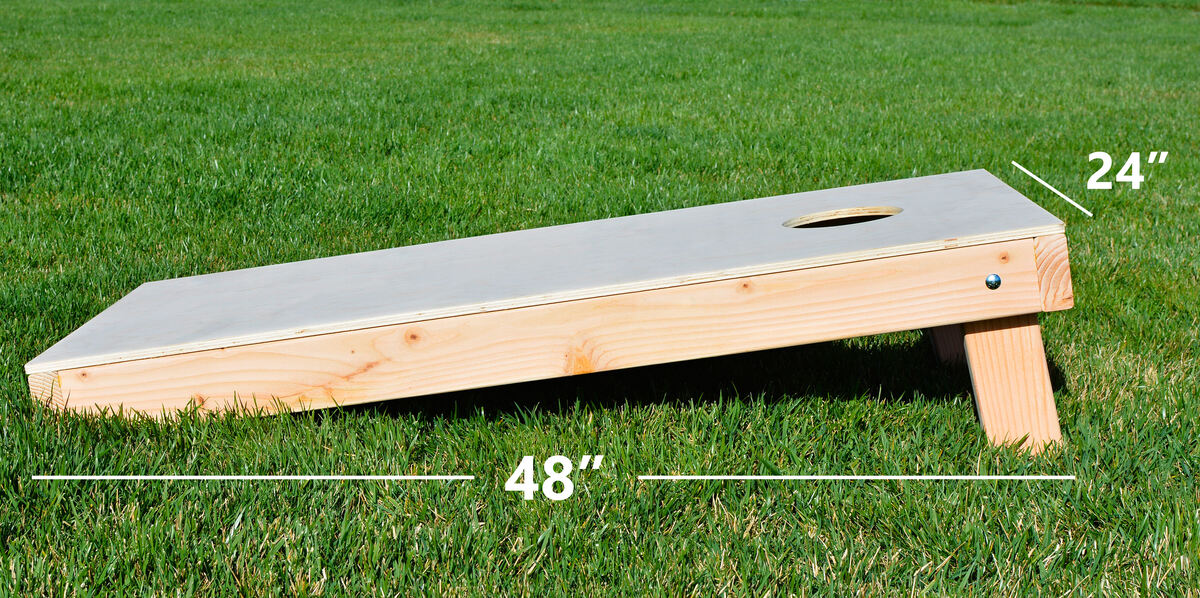
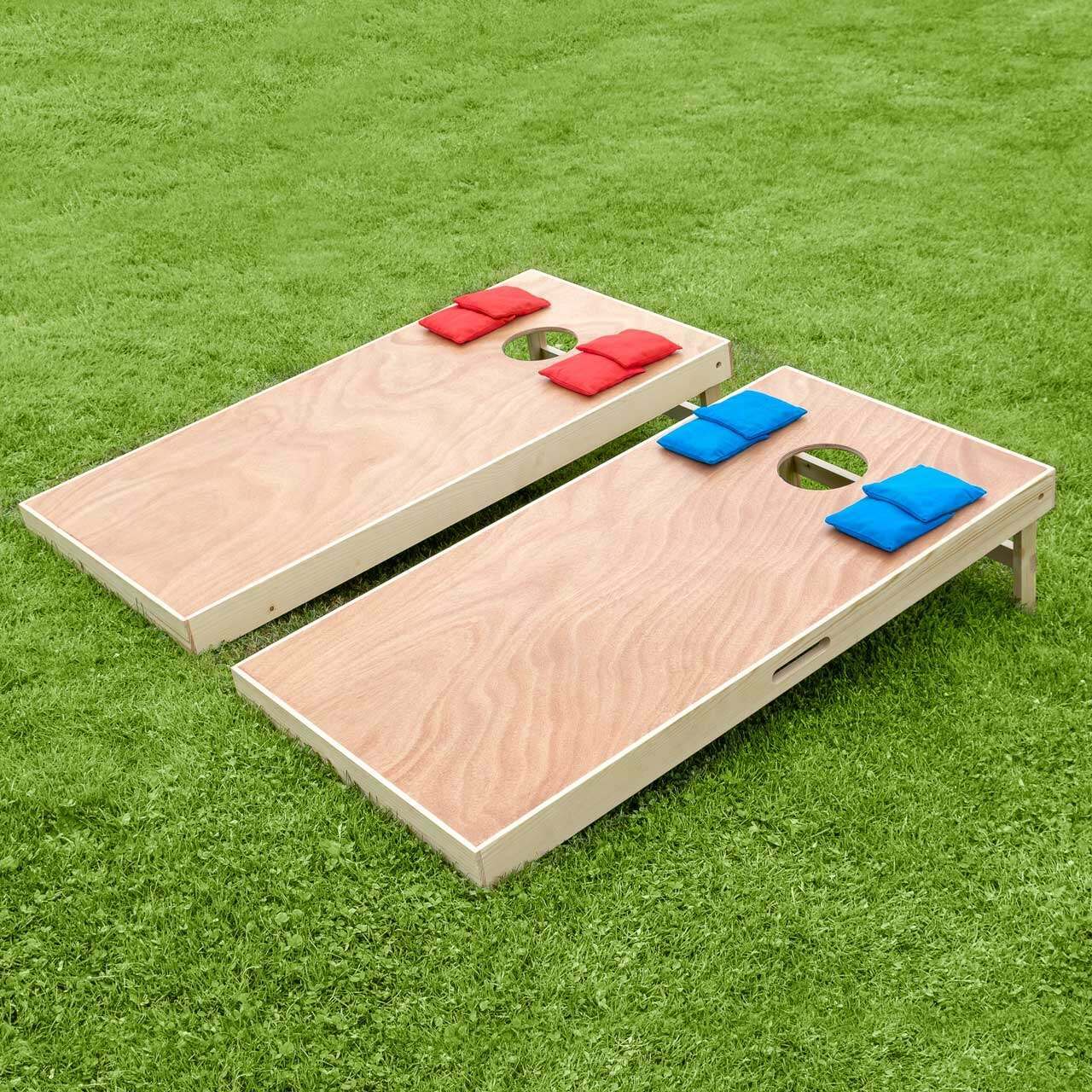
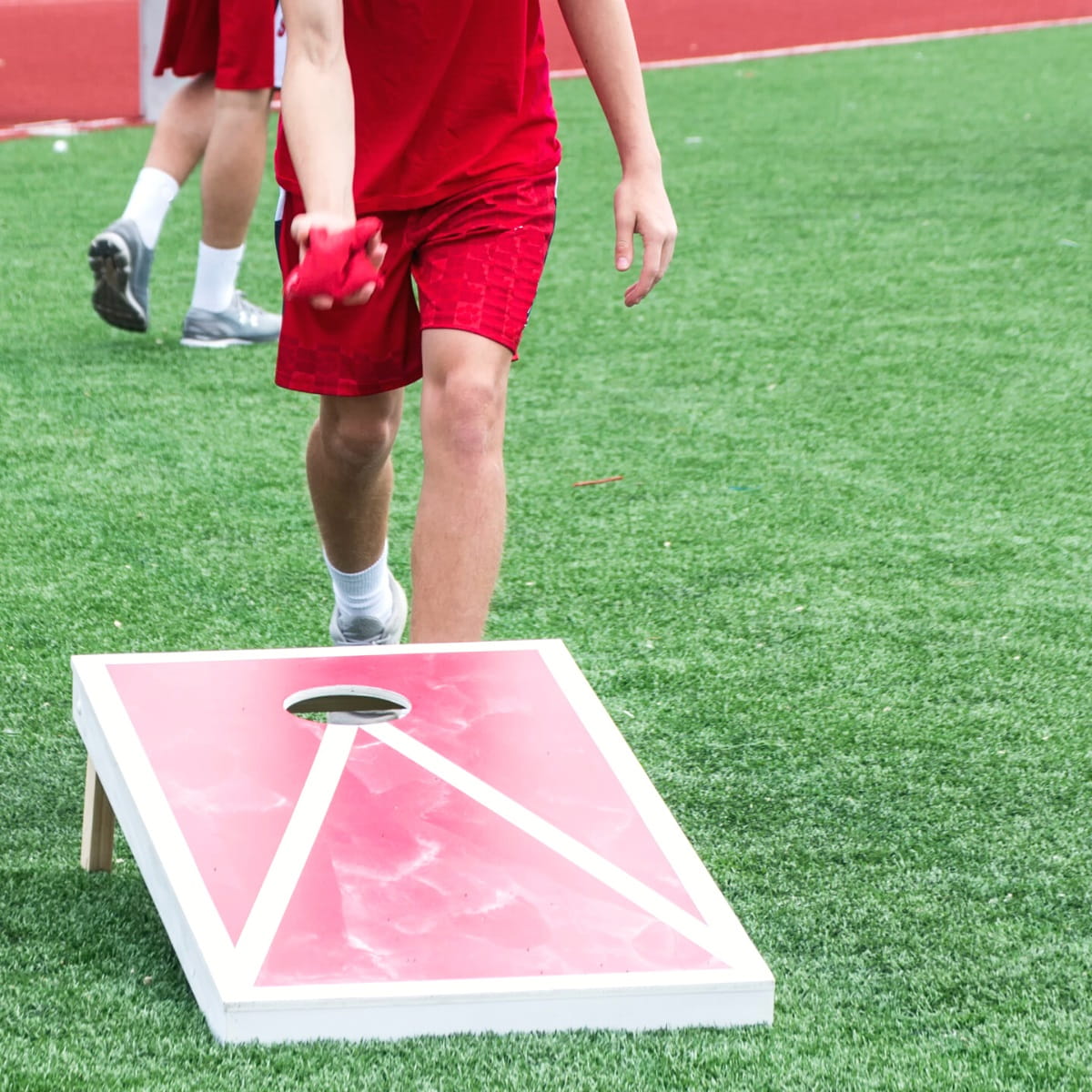


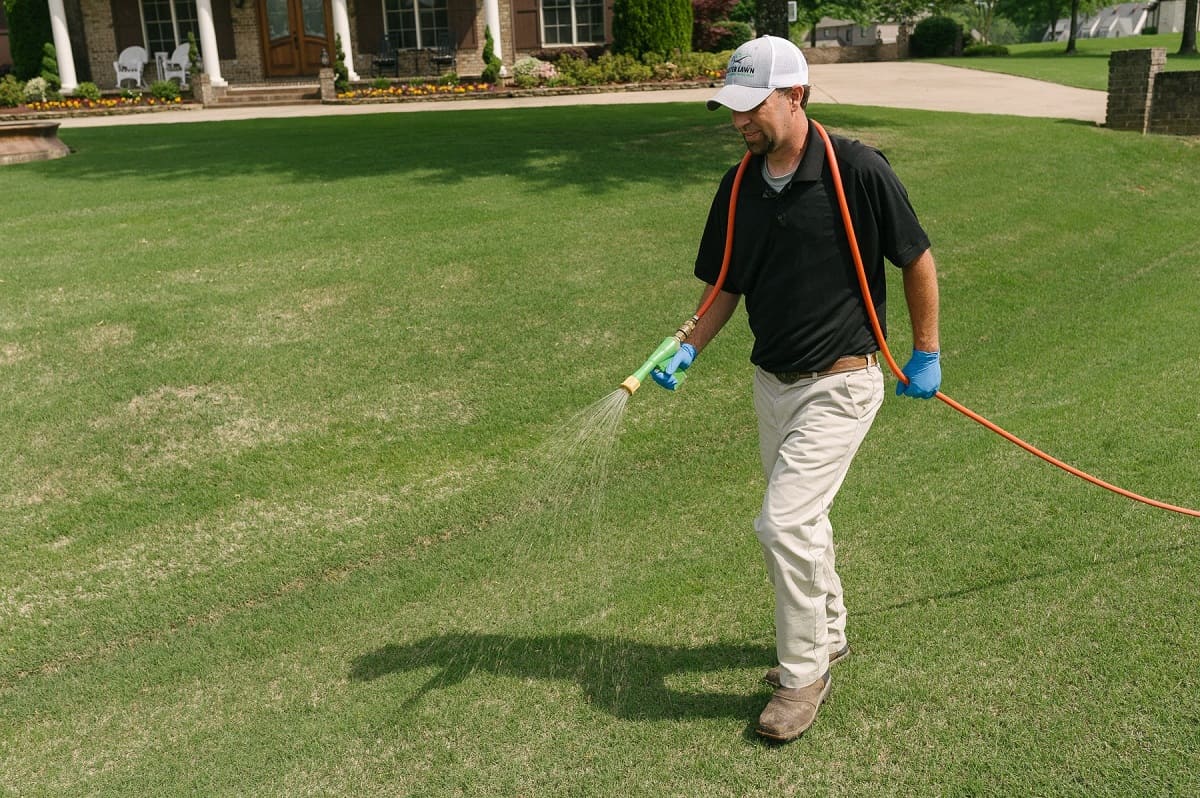
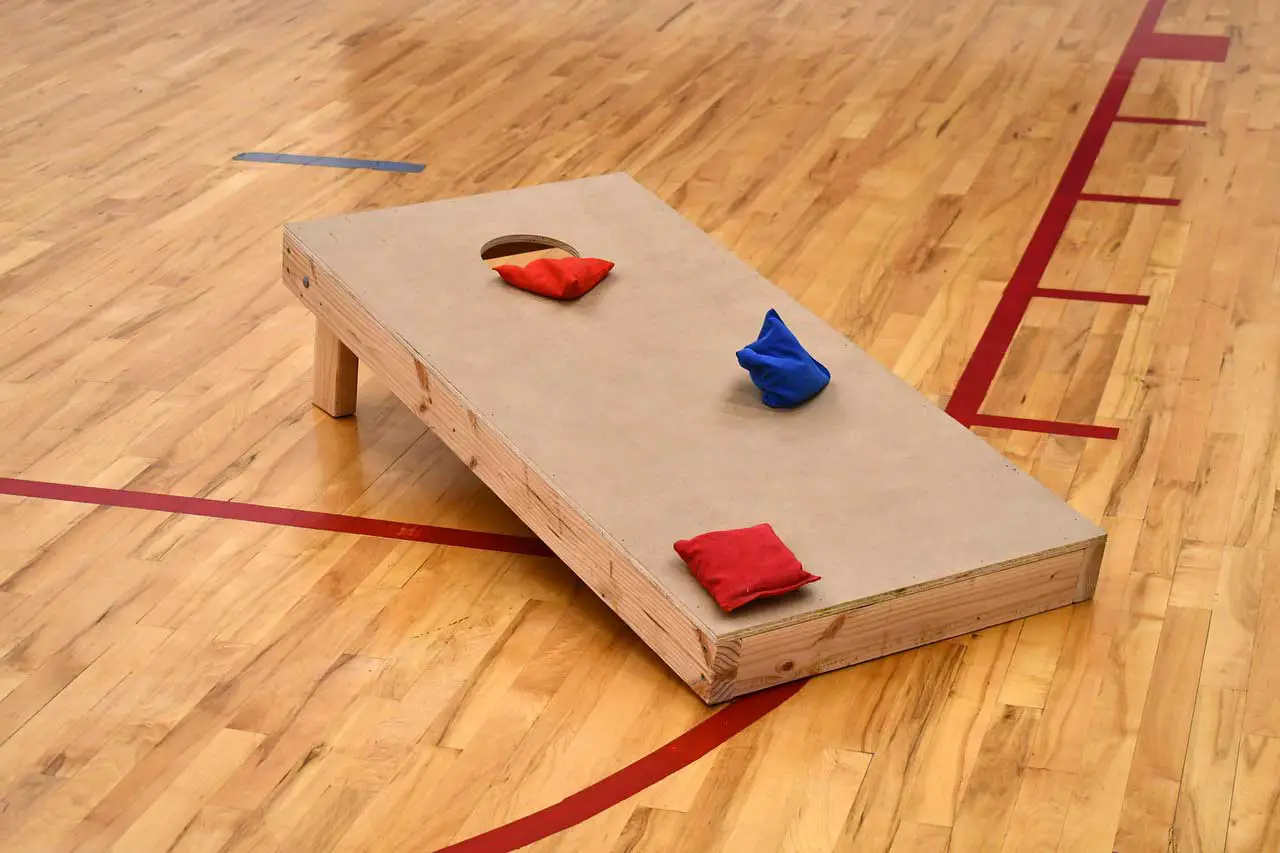

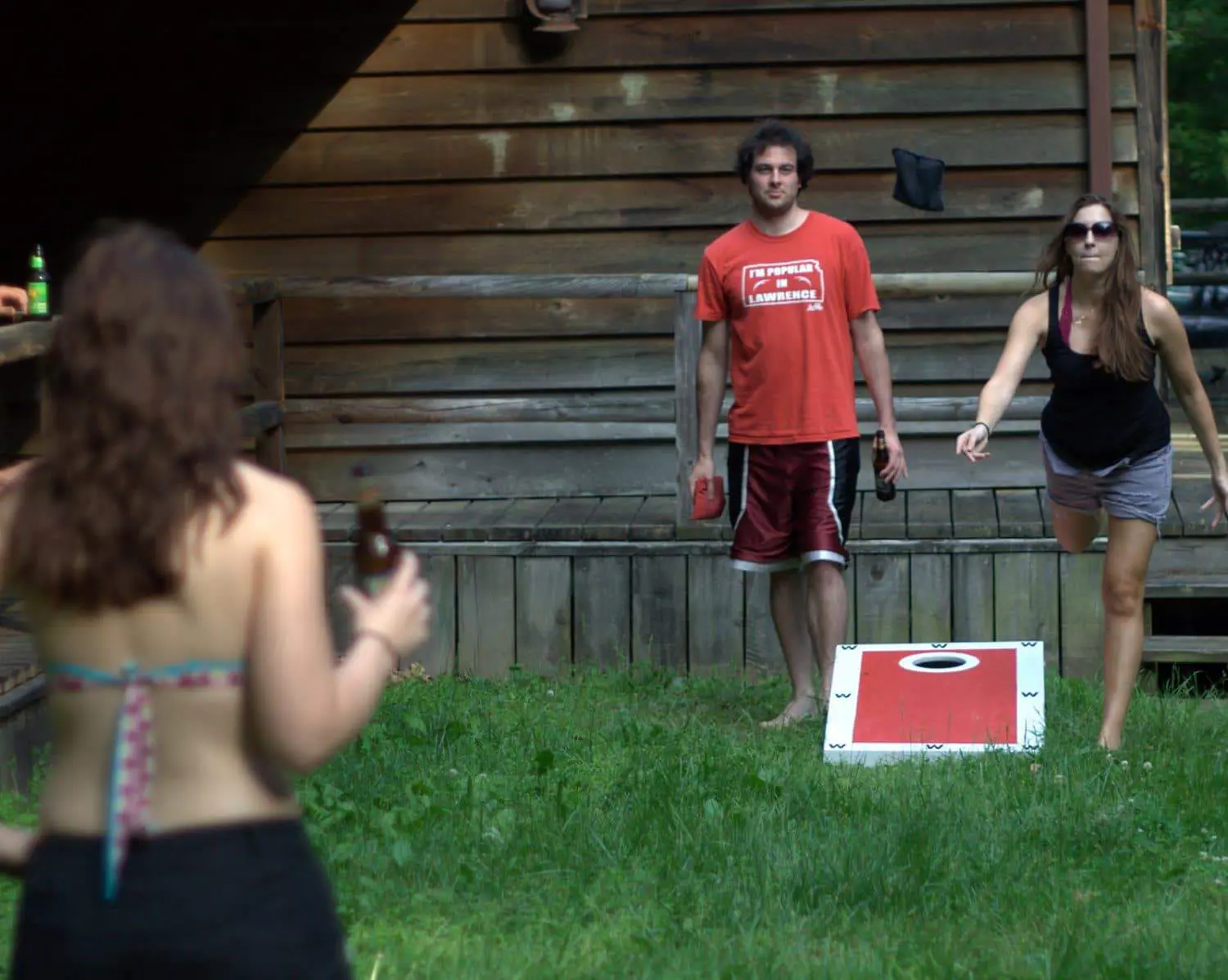
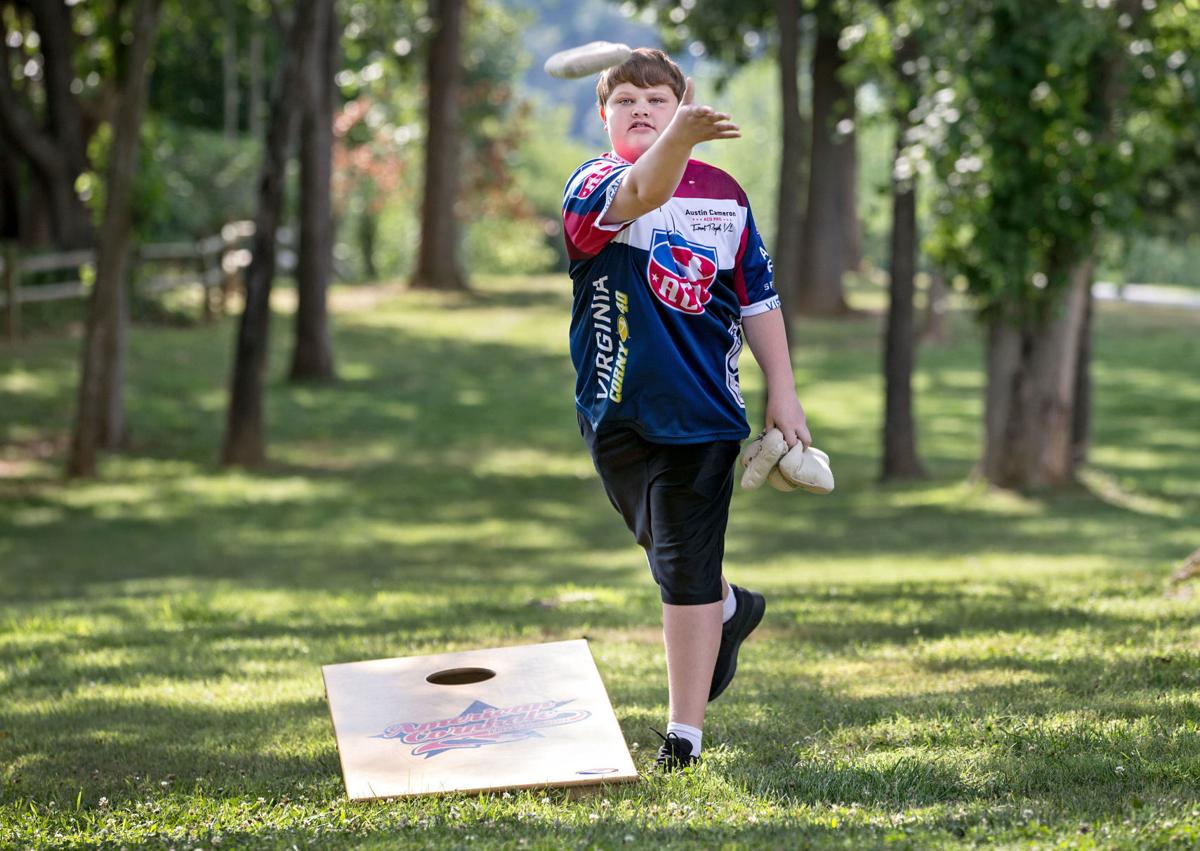
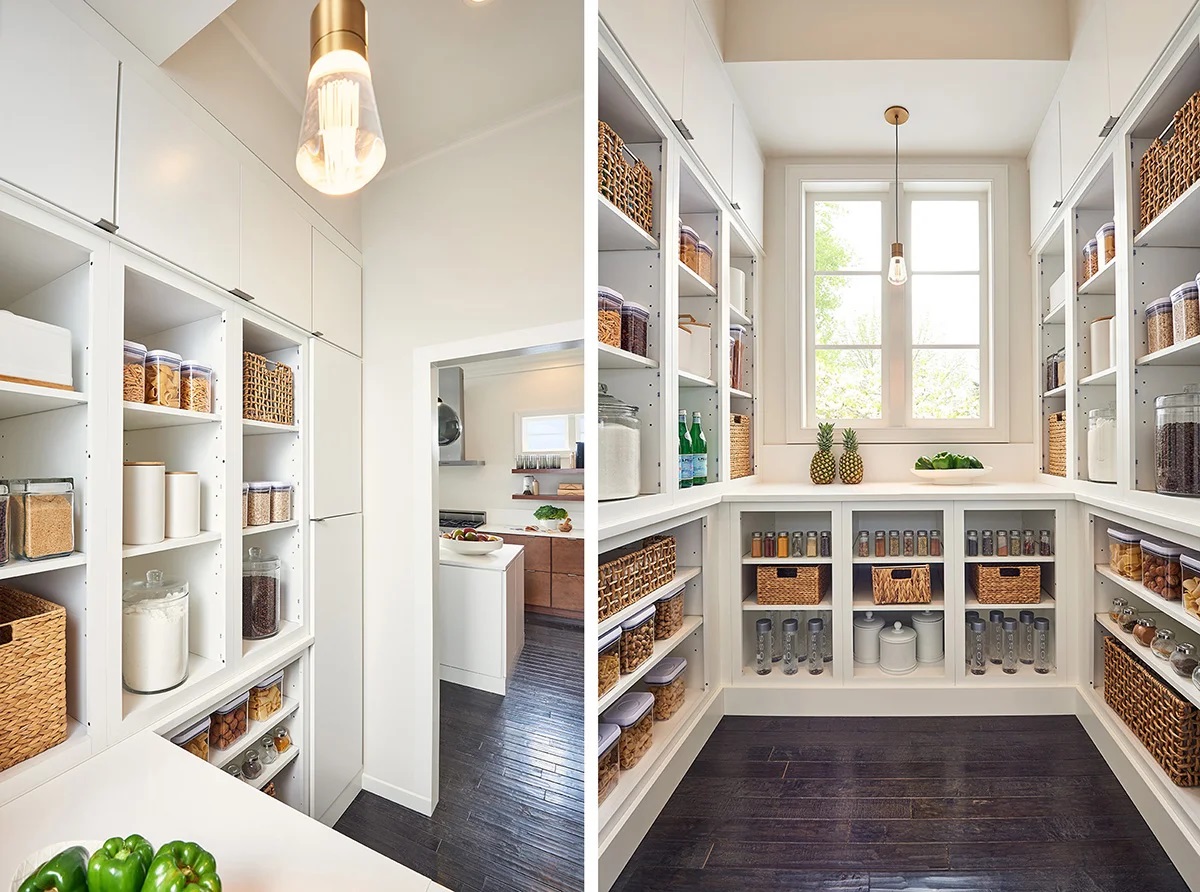
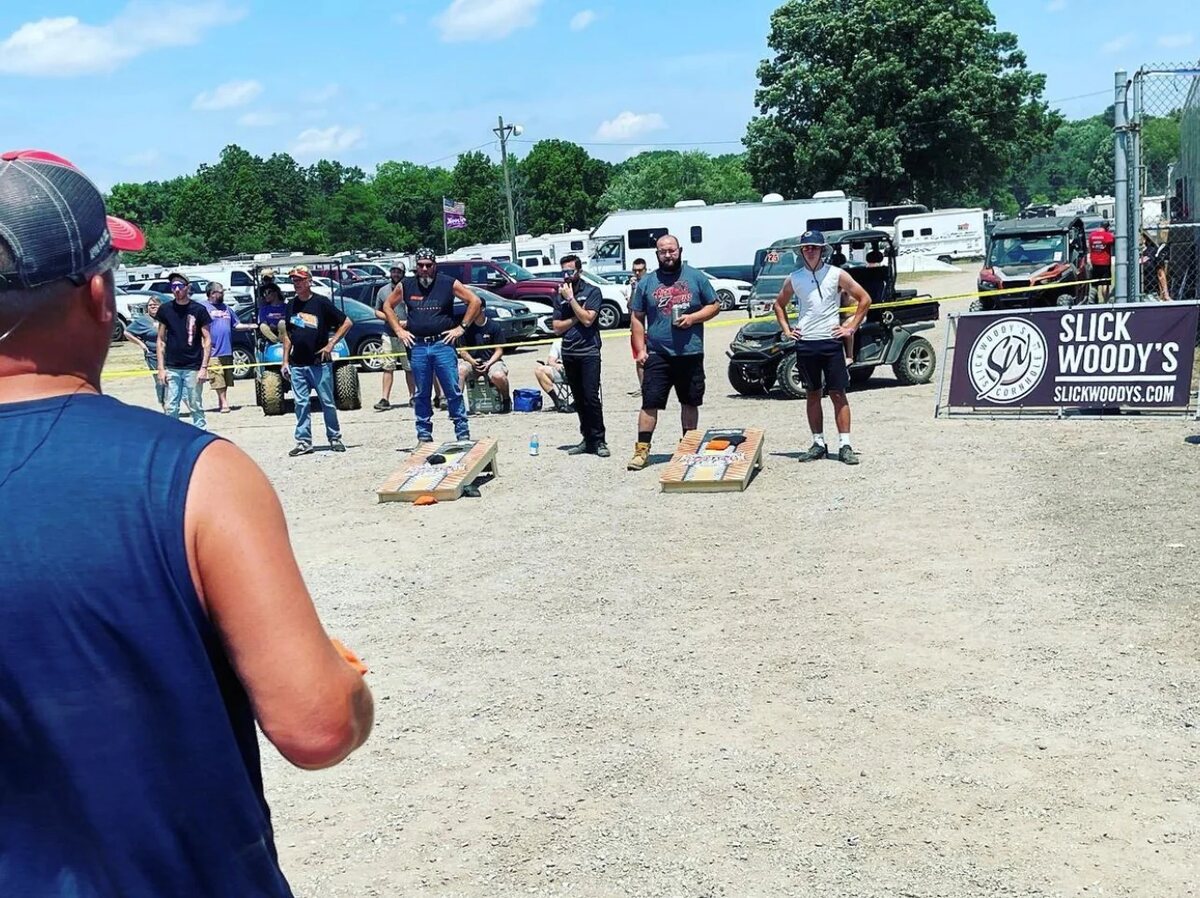
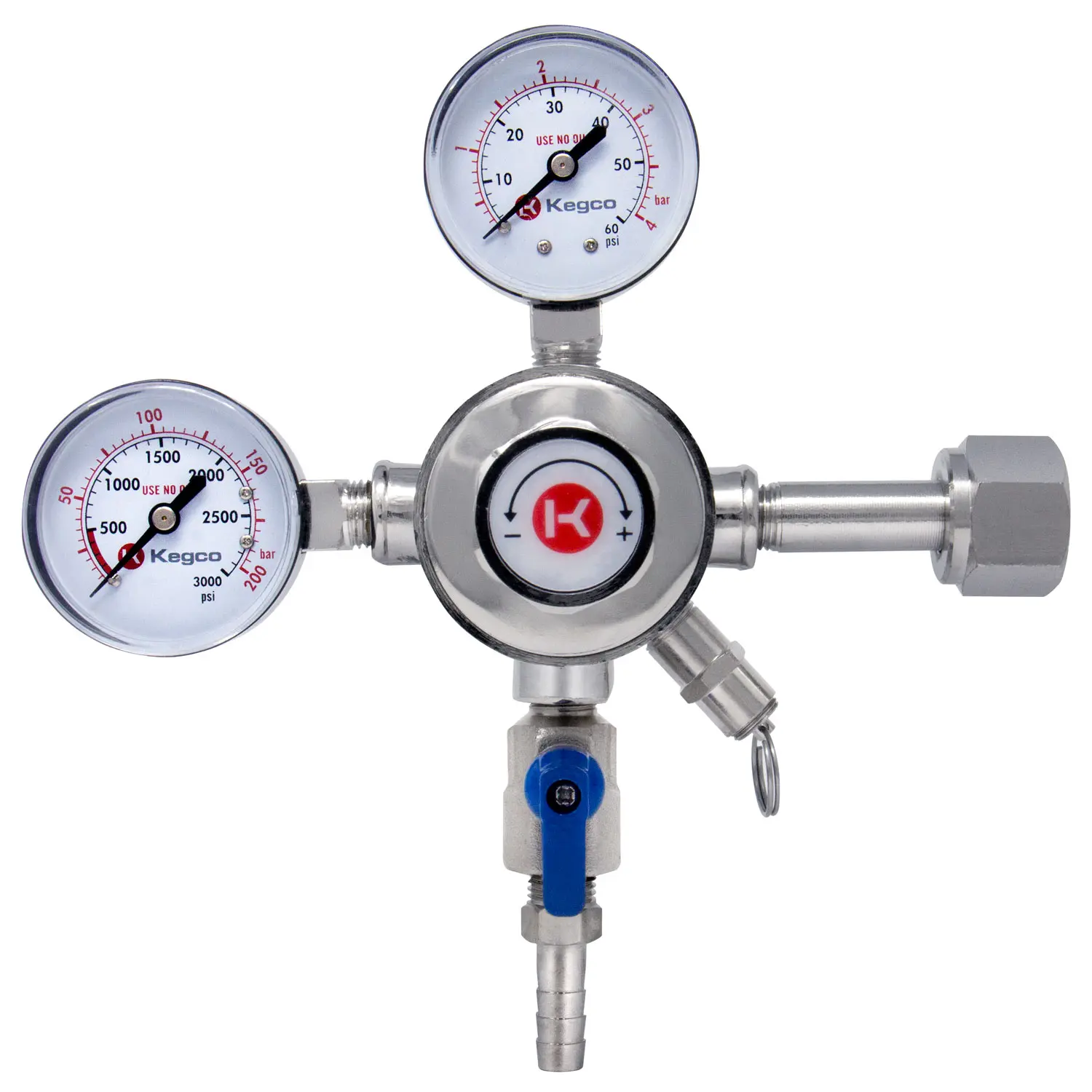
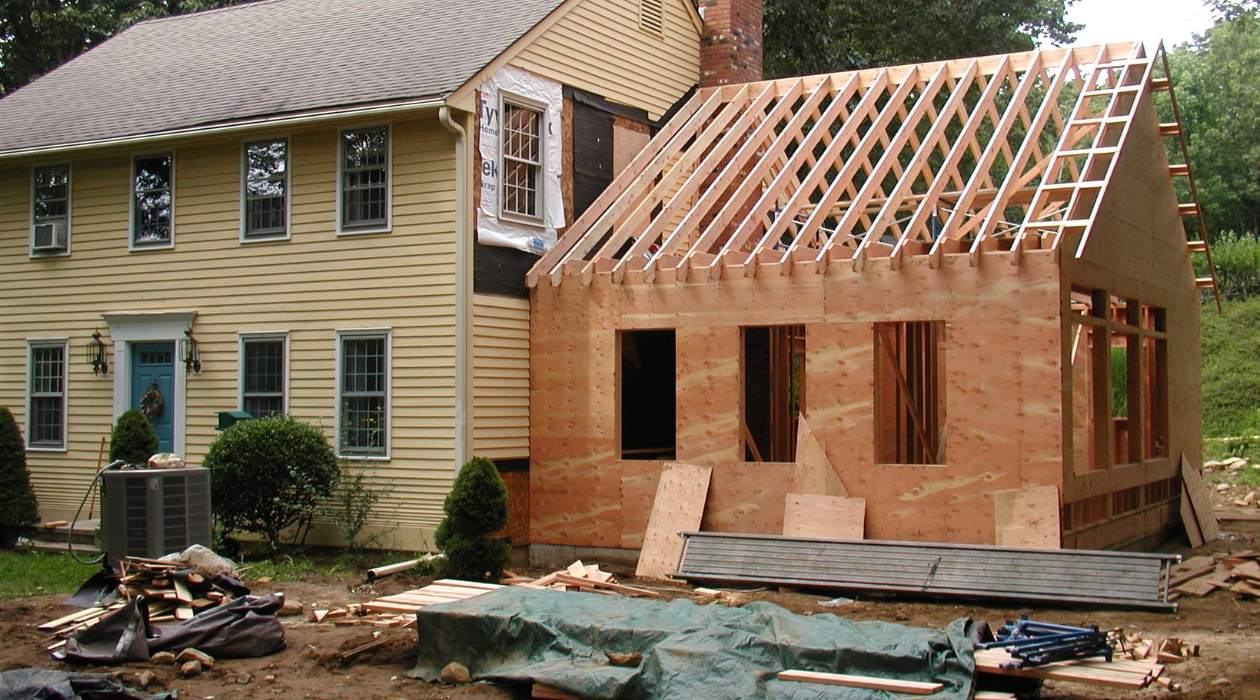

0 thoughts on “What Is The Regulation Distance For Cornhole?”